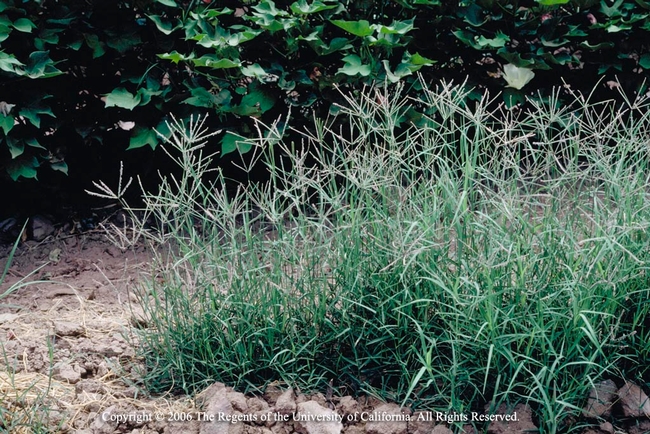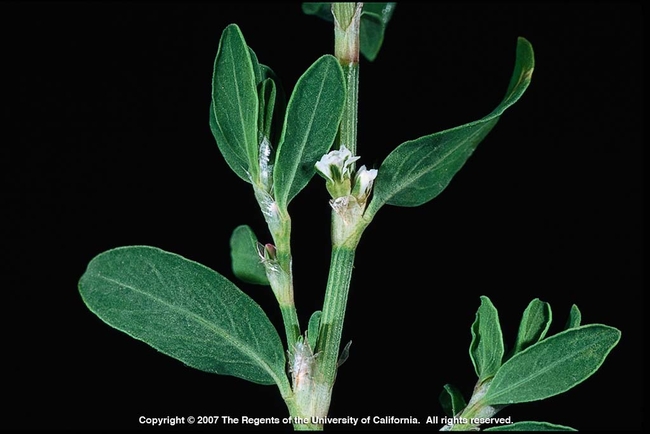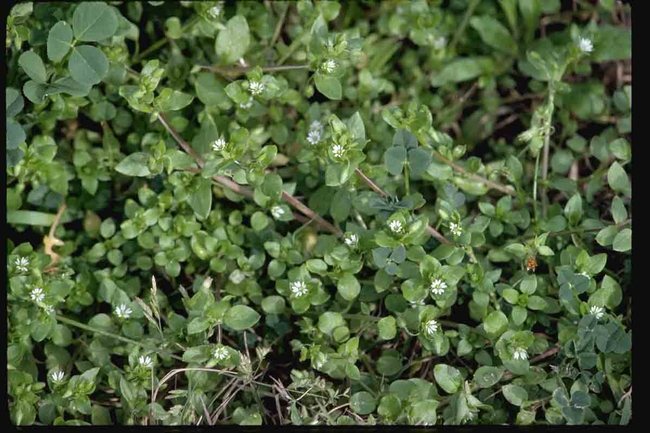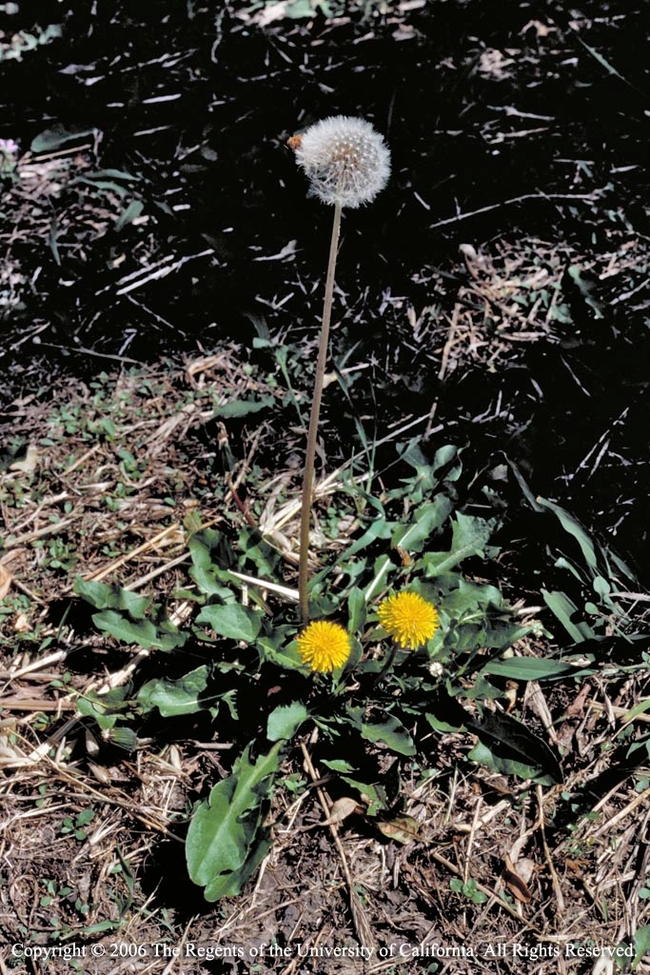Every gardener knows that weeds are just plants in the wrong place. Webster's dictionary defines a weed as “a plant that is not valued where it is growing and is usually of vigorous growth; especially: one that tends to overgrow or choke out more desirable plants.”

Some weeds, those with large root systems or a taproot, penetrate deep into subsoil, breaking up compaction, which helps drainage and new growth. This deep penetration enables weeds to accumulate trace elements from the subsoil, and bring them to the soil's surface. The plants then die back and decompose, becoming what is called green manure.

The primary value of weeds, wrote the eminent U.S. botanist Frederick Clements in 1920, is to “reveal information about the health and pH of our soils.” For example, certain species are confined to acidic soils and others to alkaline.
The use of weeds as soil indicators is not a new idea. Many early North American immigrants to the eastern United States chose land for their farms according to the weeds, plants, and trees that it supported. Conifers were characteristic of sandy, acidic soils that had little agricultural value. Birch, beech, maple, and hemlock indicated fertile soil. They learned that the tall-grass prairies were suitable for cereals, hay, and orchards. The bunch grass regions were better suited to wheat and grass.

Another useful indicator comes from growing hydrangea, a beautiful and common flowering plant. If your soil is acidic the flowers will be blue. If your soil is more alkaline the flowers will be pink.
Ehrenfried E. Pfeiffer, a European scientist and student of Rudolf Steiner, wrote an entire book on this subject in the 1950s: “Weeds and What They Tell Us” (still in print). According to Pfeiffer, sorrel, plantain, horsetail, and knotweed are found in acidic soils. Dry soils with very little humus might support mustard, thistle, broom, and St. John's wort.
Sandy soils will have goldenrod, aster and toad flax. Alkaline soils support chicory, spotted spurge, sagebrush and woody aster. In heavy clay or compacted soil you might see morning glory, plantain, Bermuda grass, chickweed, and dandelion. Dandelions also indicate low calcium in the soil.

Identifying the weeds in your garden can be fun! In some cases knowing what their presence indicates may help you manage your soil. Controlling weeds by hand weeding or with herbicide before they seed will reduce future populations if done consistently from year to year. One year's uncontrolled weeds can produce seven years seeds! You may even develop a new appreciation for weeds.
For more information about weeds or help identifying them; see the UC Statewide Integrated Pest Management website on weeds.
UC Master Gardeners of Butte County are part of the University of California Cooperative Extension (UCCE) system. To learn more about us and our upcoming events, and for help with gardening in our area, visit our website. If you have a gardening question or problem, email the Hotline at mgbutte@ucanr.edu or leave a phone message on our Hotline at (530) 538-7201. To speak to a Master Gardener about a gardening issue, or to drop by the MG office during Hotline hours, see the most current information on our Ask Us section of our website.